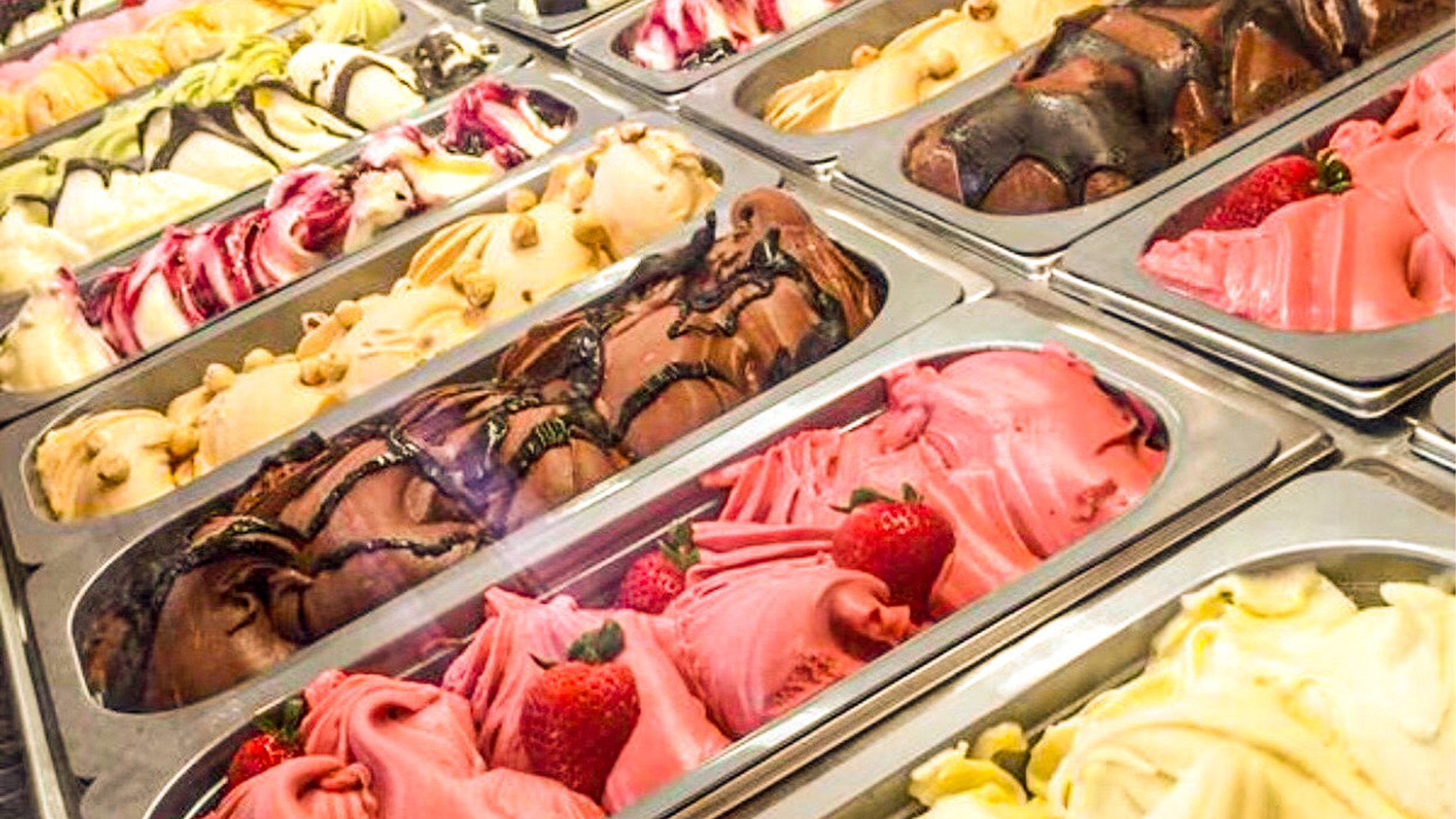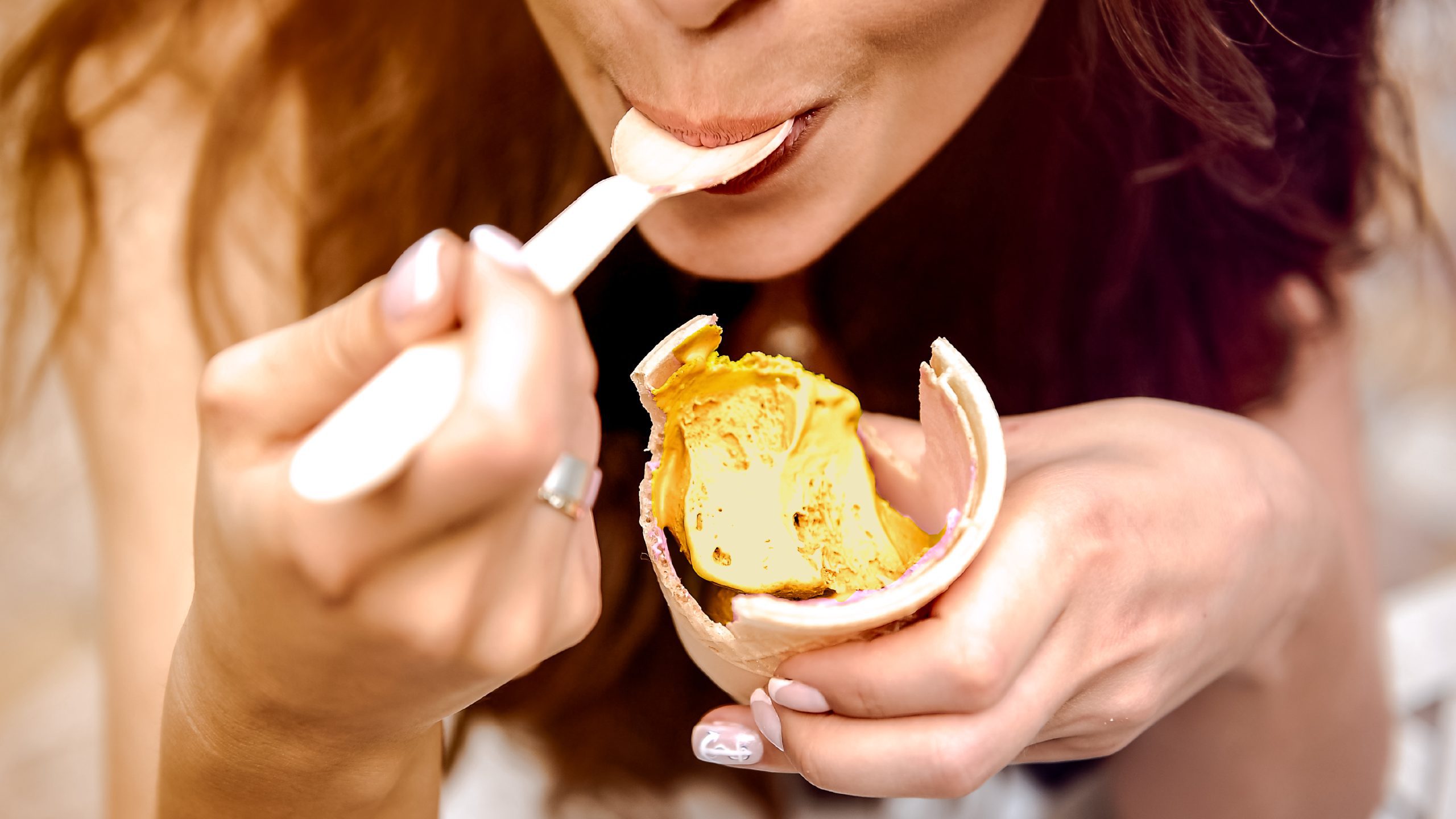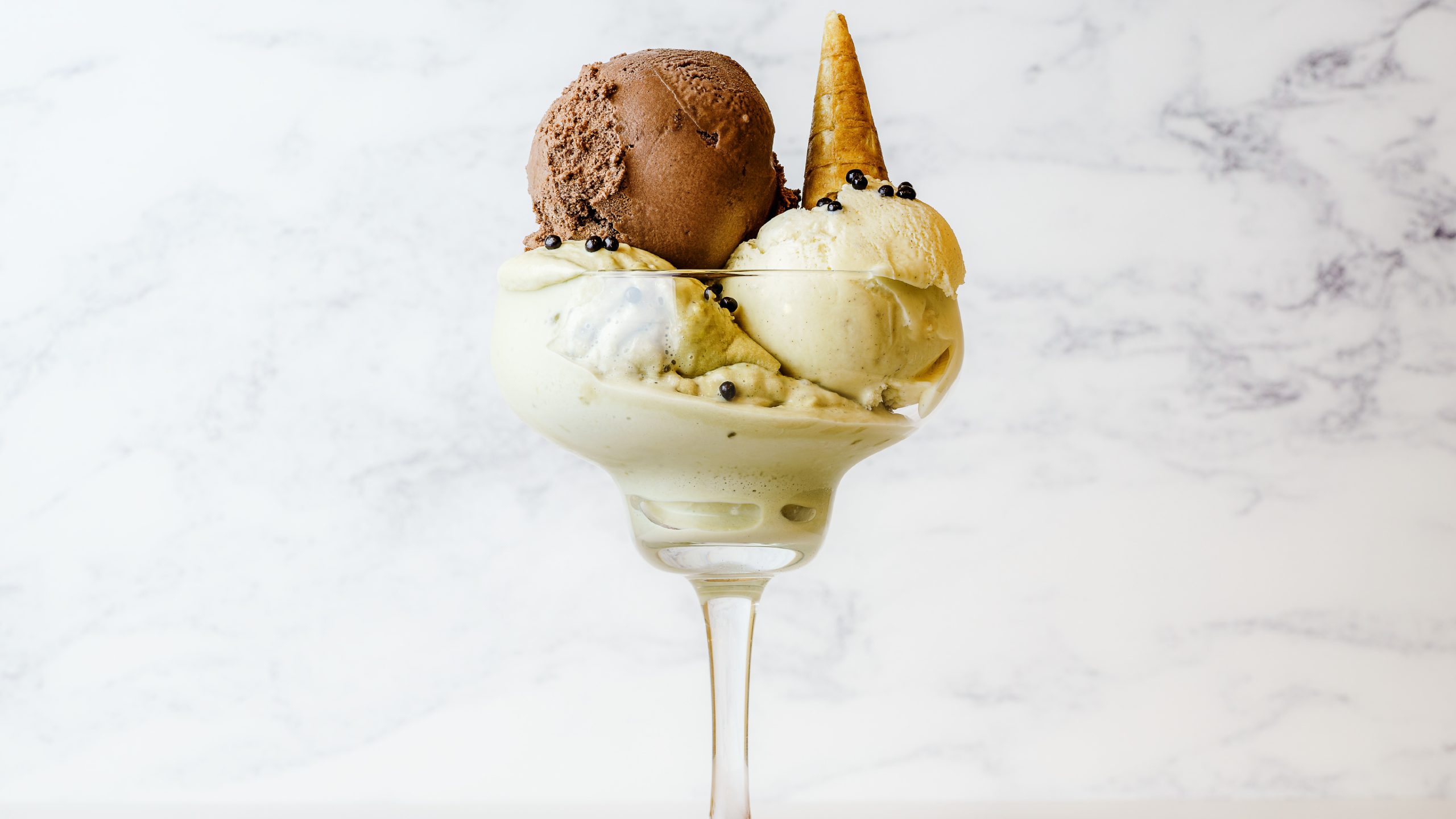One can’t think of gelato, literally meaning “frozen” in English, without thinking of warm summer days in Italy. The sweet treat is one of the county’s big culinary three, after pasta and pizza, of course. And while gelato is widespread in Italy and across the world today, where does it really come from, and who invented it?
Early variations of modern-day gelato have been around for thousands of years, not only in Italy but across the world. Historical documents reference that as early as 3,000 BC, people in modern-day Asia were consuming crushed ice with flavorings. We also know that Egyptian pharaohs and Roman emperors munched on crushed ice seasoned with various fruit juices. Legend has it that Cleopatra offered a silver goblet of flavored crushed ice to Julius Caesar and Marc Antony upon their first meeting.

In ancient Rome, a trade of compacted snow harvested from the volcanic sides of Mt. Etna and Mt. Vesuvius and shipped to the capital flourished for centuries. While primarily favored by the aristocracy and the emperors, the general populace was also known to indulge by purchasing the icy treat from street vendors. On the island of Sicily, granita, a frozen dessert made from crushed fruit, has been around for centuries and is still widely enjoyed today. In the northern Dolomites region of Italy, fresh snow was used to make treats mixed with eggs, creams, sugar, and milk.
While historians are split on who originally invented what we know today as gelato, Bernarndo Buontalenti is widely credited to be the “father of dessert”. A Florentine native, he is believed to have created a version of modern-day gelato that he introduced to the court of Caterina de Medici. It is said that the Medici were so taken with Buontalenti’s frozen treat, that she had it served at banquets and prepared for her wedding in 1533 to the future King of France, King Henry II. From there, the sorbet-like dessert spread to France and throughout Europe. The frozen treat gained further traction when Sicilian native Francesco Procopio dei Coltelli opened a cafe in Paris in 1686 and was the first individual to sell gelato to the public. Called “Cafe Procope,” the cafe became a meeting spot for some of the greatest literary minds in France.
Pro Tip for Eating Gelato in Italy

While Italy is filled with thousands of gelato shops, not all are authentic – and there are a few ways to tell. Gelato is churned at a low speed, meaning less air gets mixed in, which results in a product that is creamy, not fluffy. So, if you see a shop selling “gelato” that’s heaped into mountains, then it’s a pretty good indicator that it’s not real gelato. Authentic gelato is also made with natural ingredients, not unnatural additives or food color which can lend ice cream a neon hue. Next time you find yourself in Italy, look for gelato shops that sell pastel-colored gelato, and make sure the product isn’t flowing over their metallic bins.
Asia London Palomba
Asia London Palomba is a trilingual freelance journalist from Rome, Italy. In the past, her work on culture, travel, and history has been published in The Boston Globe, Atlas Obscura, The Christian Science Monitor, and Grub Street, New York Magazine's food section. In her free time, Asia enjoys traveling home to Italy to spend time with family and friends, drinking Hugo Spritzes, and making her nonna's homemade cavatelli.


